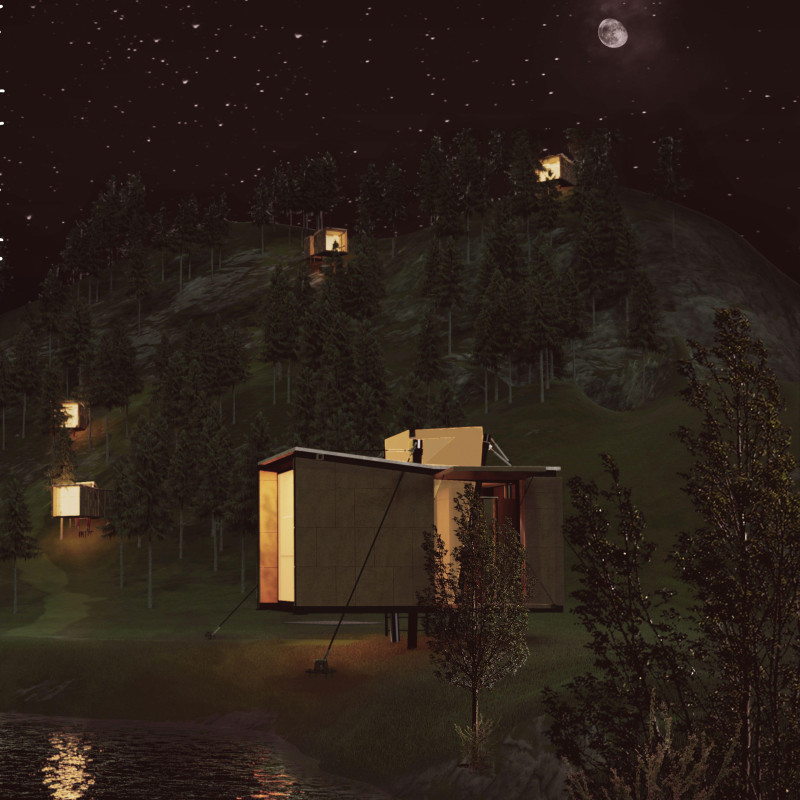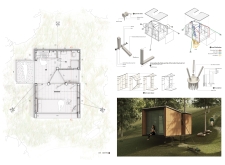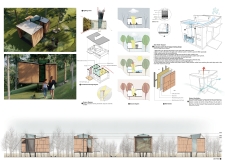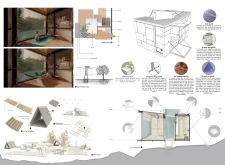5 key facts about this project
At its core, this architectural endeavor serves a multifaceted purpose, designated primarily for [insert specific functions such as residential living, community gathering, or commercial activities]. The architectural layout is intelligently orchestrated to allow for a seamless flow between various areas, ensuring that each segment operates both independently and interdependently, thus promoting collaborative use among its occupants. This approach signifies a progressive understanding of space as not merely a backdrop, but as an active participant in the daily lives of its users.
The design embodies a spirit of transparency through its extensive use of glass, which invites natural light to penetrate deep into the interior spaces. This choice not only enhances the aesthetic qualities of the design but also contributes to energy efficiency by reducing reliance on artificial lighting. Expansive windows frame views of the surrounding landscape, effectively blurring the lines between indoor and outdoor environments. Additionally, this interaction with nature is reinforced through carefully positioned terraces and balconies where occupants can engage in outdoor activities while remaining connected to their indoor spaces.
A distinctive aspect of this project is the choice of materials, which reflects both sophistication and practicality. The use of reinforced concrete as a structural backbone delivers durability while allowing for innovative spatial configurations. Complementing the concrete, timber elements infuse warmth and texture, creating a sense of home that invites occupants to dwell comfortably within the structure. Further, the thoughtful incorporation of stone and brick not only ensures longevity but also pays homage to the local architectural vernacular, thereby grounding the design within its cultural context.
In exploring unique design approaches, this project exemplifies a commitment to ecological sustainability. The implementation of green roof systems introduces a layer of biological diversity, promoting urban biodiversity while contributing to the building's thermal performance. Rainwater harvesting systems, along with energy-efficient technologies, underscore the project’s dedication to reducing its environmental footprint, showcasing a harmonious balance between built form and ecological responsibility.
Throughout the architectural design, attention to detail is evident, from the meticulously planned layouts of communal areas that encourage social interaction to the private spaces that offer refuge and tranquility. The careful consideration of materials and spatial relationships results in a dynamic environment where users can thrive.
Each architectural idea presented in this project stands as a testament to a thoughtful engagement with the surrounding environment and the aspirations of its community. The design encourages occupants to interact with their space while fostering a sense of belonging and inclusivity. This project serves as an insightful example of how architecture can bridge social divides and enhance quality of life through intentional design.
For readers seeking a deeper understanding of this architectural project, an exploration of architectural plans, architectural sections, and detailed architectural designs will provide further insight into the project’s innovative ideas and practical applications. Consider delving into these elements to fully appreciate the complexities and intentions woven throughout the design.


























